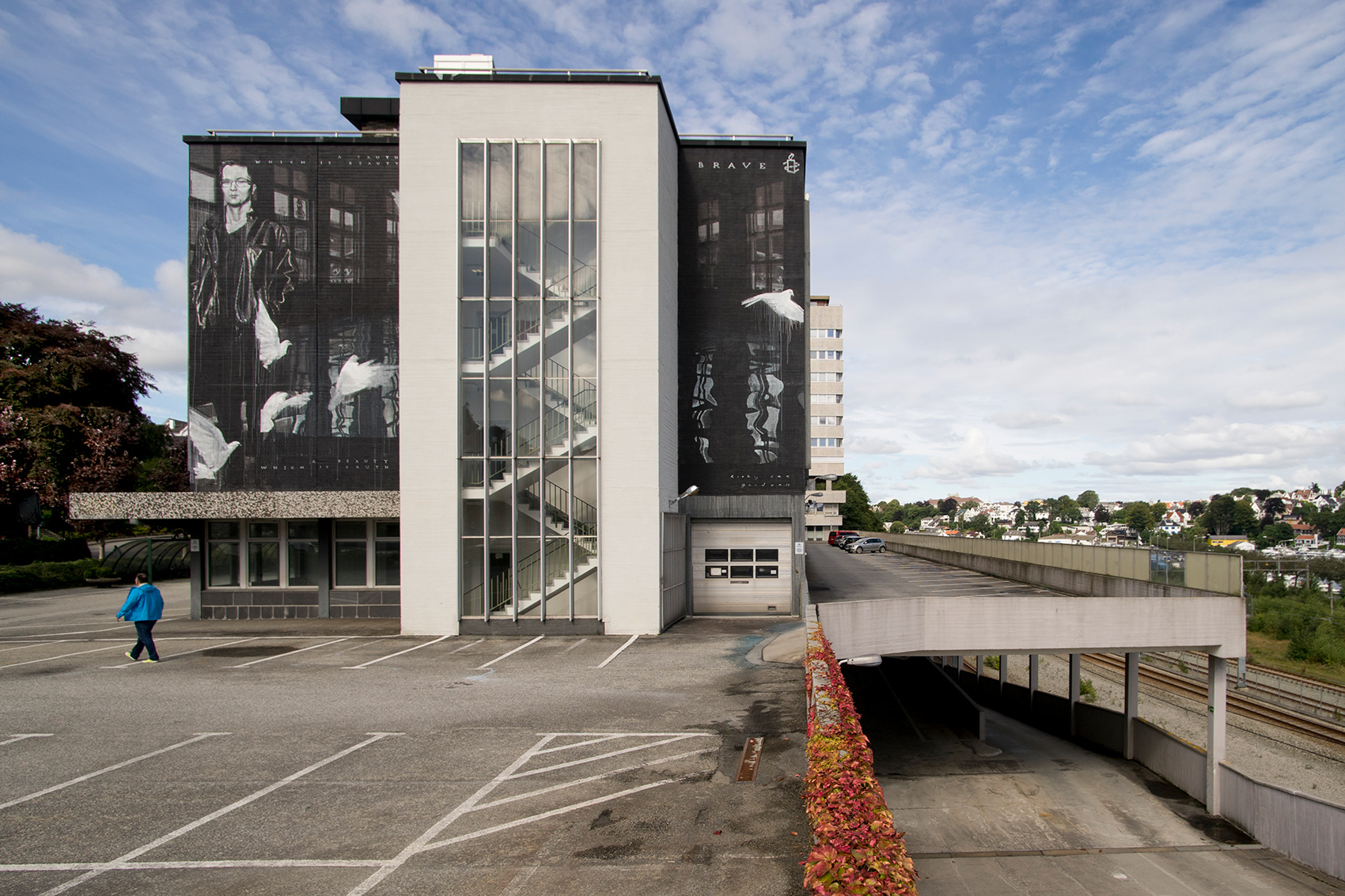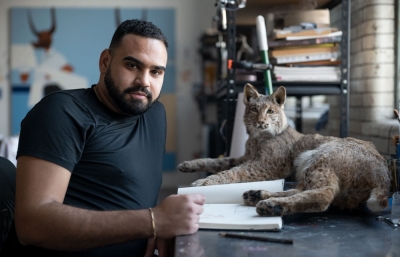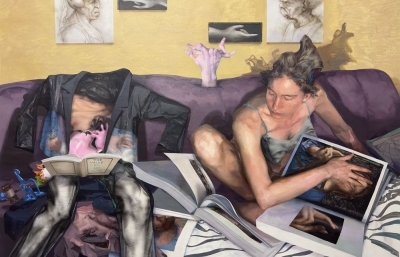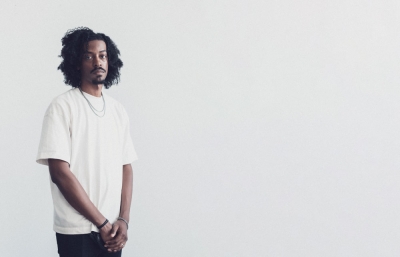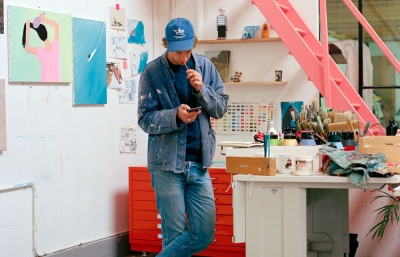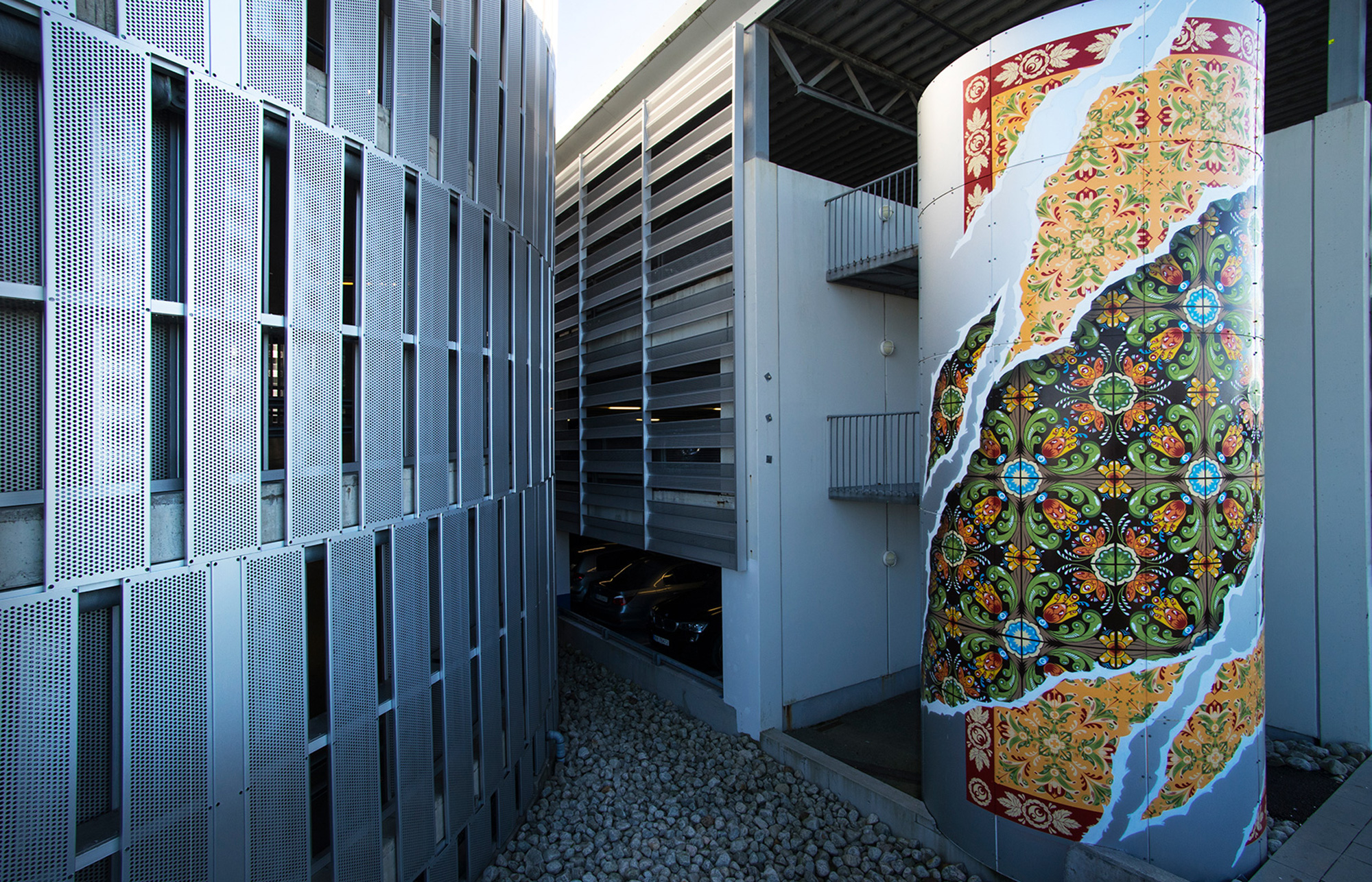
Re-Evolution On the Streets
Nuart Rewrites the Narrative of the Street Art Festival
Written by Evan Pricco // Photography by Ian Cox
There was a point during UK-activist and artist Carrie Reichardt’s slide-show presentation during Nuart when I realized my notes were inadequate. I was preparing to follow Reichardt’s talk with a Q&A session with her and Moscow interventionist, Igor Ponosov. She had just spoken about her work with death row inmates in Texas, specifically when she helped make a death mask for an inmate who just received lethal injection poisoning. The mask was going to be part of an installation made in his honor, and it was a heavy moment. Community and activist art can often be portrayed in positive generalites: art for and by the people. But this was such a personal message: Even though you are told you don’t mean anything by the system, you mean something to me. To us. You matter, your voice matters. So I look down at my notes, with clever quips but insightful questions about process, and I mentally crumble them up. Time to start over.
A little backstory. The Nuart Festival, the annual street art gathering in Stavanger, Norway, turned roughly 16 this year. Early iterations of the festival were obviously not as fleshed out as today, but since 2001, Martyn Reed has been organizing a collection of street art and graffiti in the western Norwegian port city.
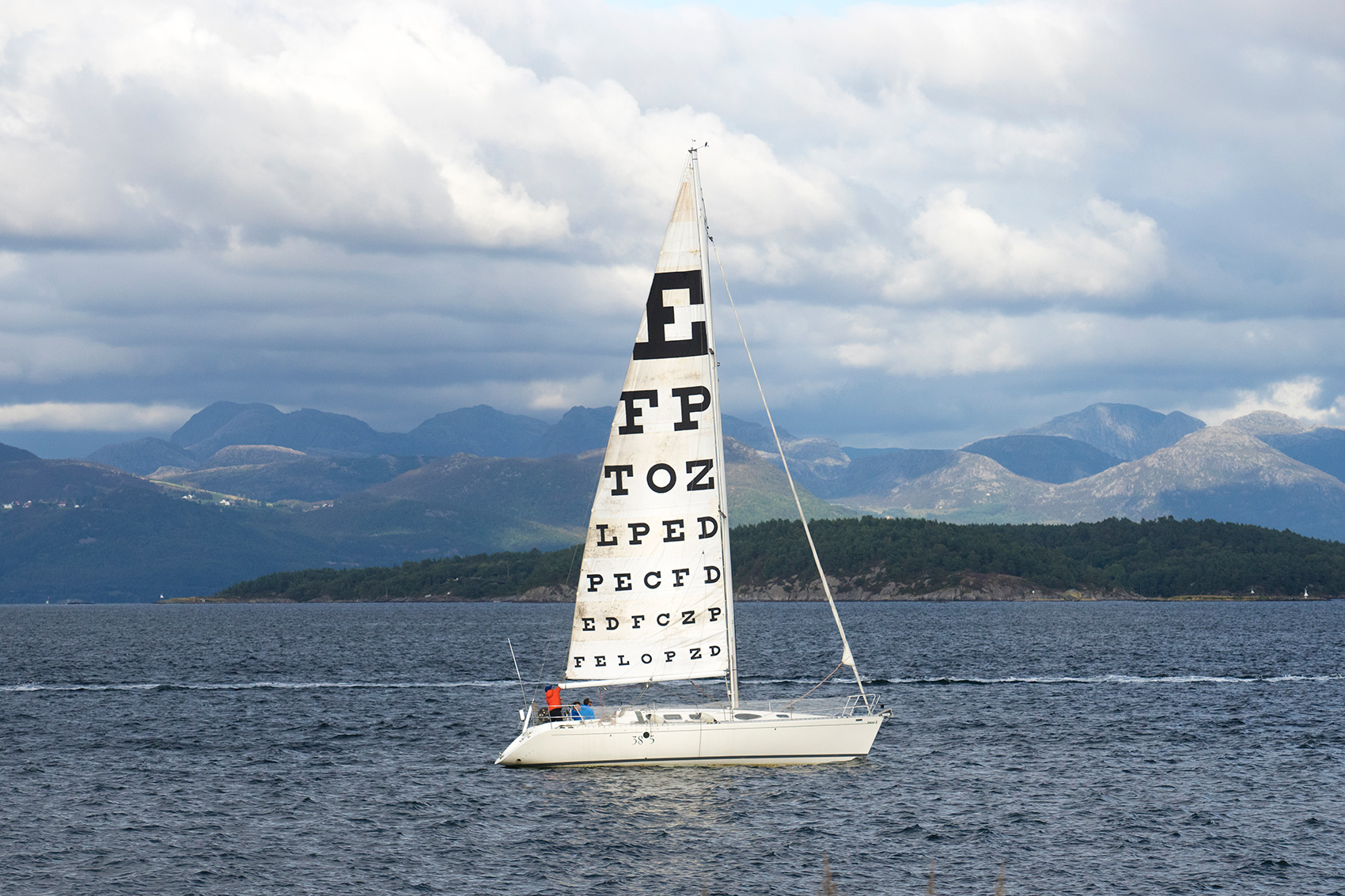
Putting this in perspective of what “Street Art” is known as globally, it’s fair to call Nuart the “godfather/godmother” of this 21st Century street art festival phenomenon. Before street art became a social media star, a property development tool to gain the attention of “young urban professionals” and prior to the big mural movement, Nuart was inviting Blu, Swoon and David Choe to paint on the shores of Stavanger.
This is an important fact. Nuart’s organizers could walk through a roomful of hubris without absorbing a molecule, but their infectiousness joy in collaboration inspired the ubiquitous “giant mural festival,” the one that sees muralists flying around the world like U2 on the “Zoo TV” tour, rockstars of this new generation with performative aspects to their art. And Nuart has done the big murals—some of my favorite murals are still in this city, ones by How Nosm, ROA and Fintan Magee. The popularity of muralism has transcended the art audience we are familiar with and has become something of a Catch-22. Yes, we love the talent and exceptional beauty of a multi-storied mural, but so do the developers and urban planners who see financial benefit in having these in the neighborhoods they are trying to start and sell. Street Art accidentally became a bit of “gentrification,” some of very characteristics the early interventionists and graffiti artists railed against. So, Nuart looked inward and made a decision, applauded by all participants this year. And it clearly harkened back into the true nature of what this culture is about—a form of revolution for the people, by the people and with the people.
The theme of Nuart 2017 was “dedicated to exploring ‘power’ in the public sphere: who has it, how do they wield it, what are the conduits and the mechanisms that control it? Is distribution fair and what happens when you challenge it?” There were panels set up accordingly, debates about revolution on the street versus evolution and infiltrating the culture into the hallowed grounds of institutional power. Artists and writers from Cairo to San Francisco, Johannesburg to Moscow, Melbourne to Porto to part. As a global community, our discussions had equally global implications: Power, Revolution, Evolution, capital letter, bold themes.
Such global perspectives underscore just how important the local community is in relation to street art and its impact. Cairo’s Bahia Shehab talked about the Egyptian uprising in Tahrir Square and the consequences of dissent along with the power of community-based activism through art. Moscow’s Igor Ponosov demonstrated how simple, playful interventions in Moscow (creating DIY crosswalks, or “Citizens for Citizens” mailboxes where locals can place thoughts and complaints about their community) allow citizens to create a type of city they want to live in. Or Berlin-based Vermibus, whose ad-busting interventions in bus stop spaces around the world change the dynamic of the people versus commercial advertising in public places. Through all the artist discussions, including a wonderful talk by Ricky Lee Gordon and Amnesty International around their new “Brave” campaign, what was so energizing was not that everyone had the right answer, or understood exactly the best way to challenge the status quo. It was the community of political and artistic dissent, where ideas were honest, born of self-reflection.
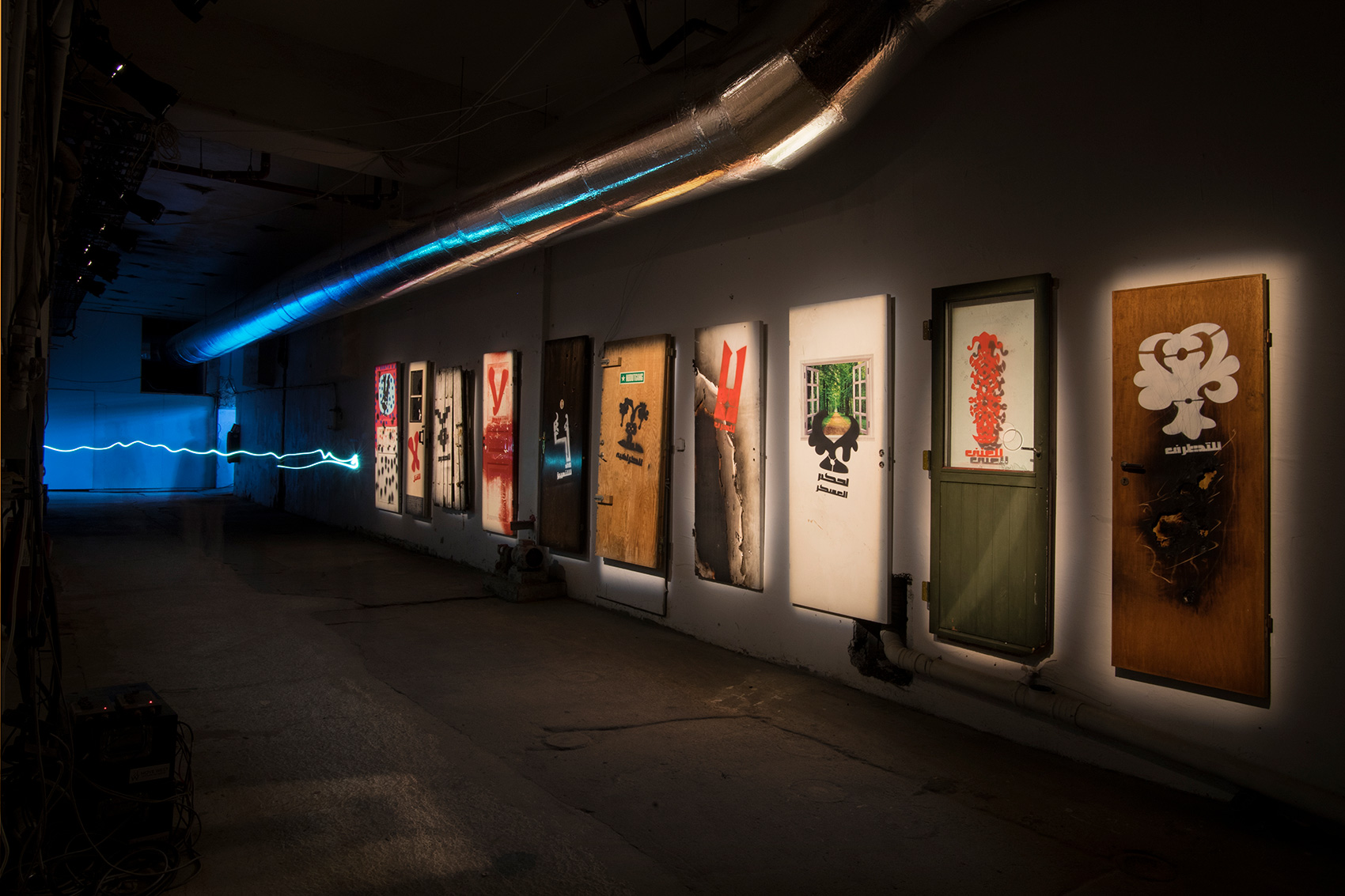
This is probably why we find Nuart to be so exemplary as a street art festival paradigm: Self-critical and self-aware. It understands the contradictions in hosting a festival, striving to be recognized by institutional art world curators, but also staying true to the origins of street art by being a subversive challenge some of the collateral damage of capitalism. That’s the conundrum, isn’t it? Art has an inherent model that is attached to capitalism, whether that means selling art (of course, we want every artist at Nuart to make a living to make more art), attending special exhibitions at a museum or literally the use of Street Art as a gentrifier. If you are going to curate a festival around the notions of power in the street, of ideas of revolution, the challenge of how to adopt naturally follows. You have to change and reflect on why it is you began to have the festival in the first place. So as the rest of the world creates wonderful Street Art festivals, ones that we love and appreciate, one of the venerable and leading voices in both the historical and contemporary ideas of Street Art looked in the rear view mirror.
They looked inward and made a bold decisions to look at the roots of the culture and exciting activism attached to interventionism. Maybe this will become the new blueprint? In a small city in Norway, the conversation has started.
Nuart holds a festival in Stavanger, Norway annually, as well as a festival in Aberdeen, Scotland starting in 2017.
www.nuartfestival.no
Photography by Ian Cox

